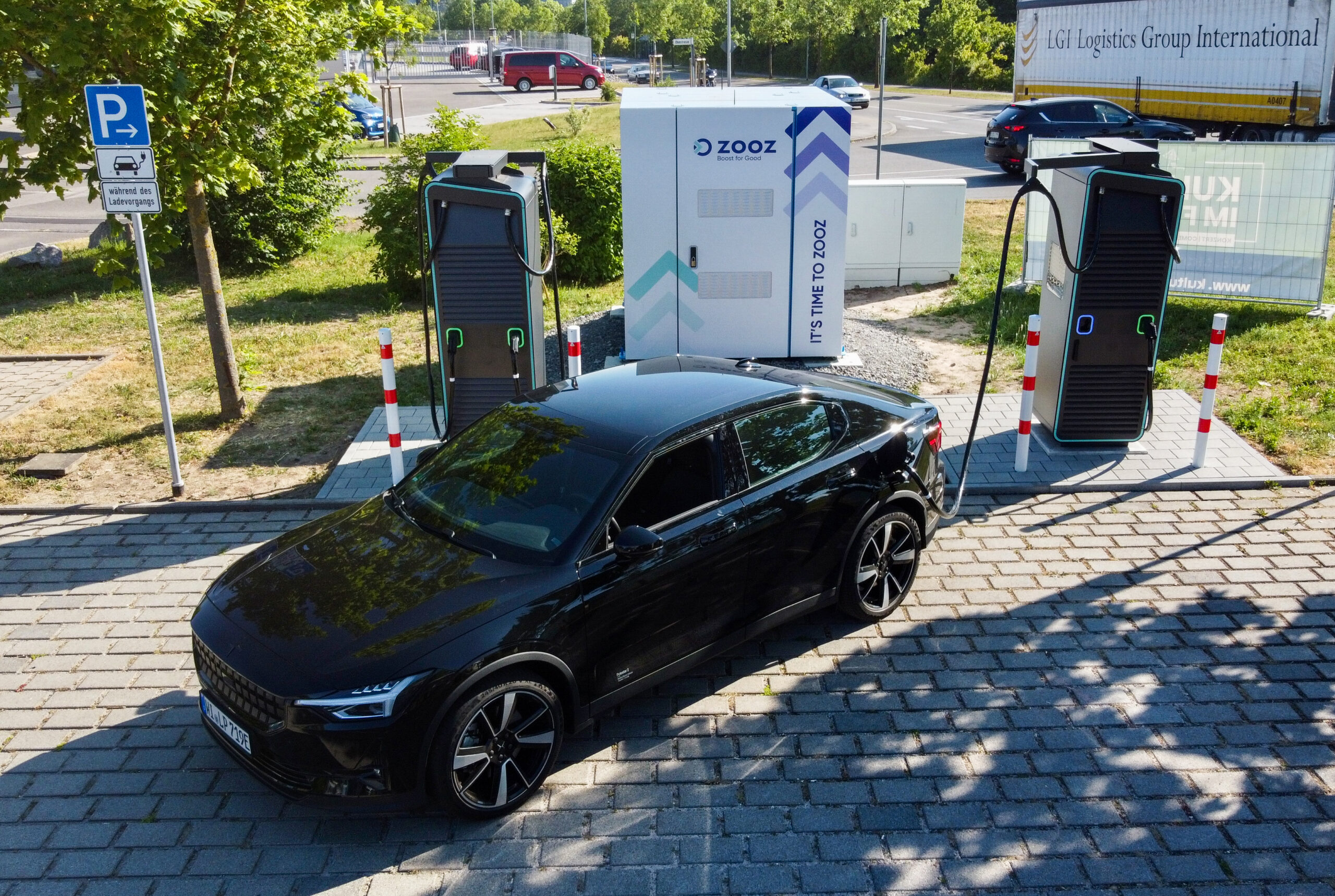Fast Charge, Slow Grid: Ultra-Fast EV Charging in a Grid-Restricted World

The rapid proliferation of electric vehicles (EVs) represents a significant stride towards a more sustainable and environmentally conscious transportation future. As the adoption of EVs continues to surge, the demand for robust charging infrastructure becomes paramount. To ensure the seamless integration of electric mobility into our daily lives, the development of extensive EV charging sites is accordingly essential. However, as EPRI* recent research in the USA reveals, about 45% of the small to medium hubs (<1MW load) will need a grid upgrade to support the increasing charging utilization.
Limited grid is a major challenge for a site at its primary stages since it impedes its smooth operation, high utilization, and popularity gain. A Grid upgrade will enable these features, but it is very costly and typically takes 6 to 24 months for small-medium size stations. This means that a large and irrational investment should be put into the site, while its utilization rate is low, and the high charging demand still not proved. To escape this paradox, one should think out of the box, or in the case of ZOOZTER™-100 actually into the box.
Generating an immediate stream of revenue

ZOOZTER™-100 is a kinetic power booster which boosts the grid with bursts of power, thus allowing smooth and continuous ultra-fast EV charging at the site. The ZOOZTER™-100 charges up with available power present in the grid, converts and stores it as kinetic energy, and discharges back to the grid upon demand a burst of power, on top of the grid’s power. The resulting combined throughput is sufficient to charge the EV battery in minutes scale. As towards completion, each EV charging session draws less power, ZOOZTER™-100 can simultaneously recharge itself at this point, getting ready for the next charging session. Operators can swiftly install this power booster, such to amplify the grid’s capacity and enhance the site overall utilization rate.
The rapid deployment of ZOOZTER™-100 enables the installation of multiple high-power ultra-fast chargers, depending on the grid power, hence permitting a smooth operation of the site. This prompt action, which circumvents the immediate need for a grid upgrade should transform charging stations into profitable and efficient much earlier. Operating optimally and efficiently from the outset following ZOOZTER™-100 installation, the sites become reliable and a magnet for a steady influx of EV users.
New EV models are changing the demand profile
The new EVs models support ultra-fast charging with higher and intensified power. The charging behavior of such multiple EVs results in a profile characterized by brief yet intense power bursts. Although the increasing frequency of these peaks the overall energy consumption at the site remains moderate. ZOOZTER™-100’s rapid charge and discharge rate provides the quick response needed in order to eliminate the high frequent peaks, thus saving cost on demand charges. By mitigating the peaks in charging sessions, site operators discover that a mild grid upgrade is more cost-effective.

ZOOZTER™-100 generates revenues even after the grid is upgraded
ZOOZTER™-100 doesn’t replace the grid upgrade; it defers it, ensuring efficient site function from the beginning. Following the grid upgrade, ZOOZTER™-100 still remains an asset for operators as it provides additional power thus offering enhanced utilization rates, opening opportunities for increased sales and business growth.
ZOOZTER™-100 may be re-deployed at new sites for their initial operation
The ZOOZTER™-100 offers a distinctive advantage also from a network perspective. As the charging station achieves a grid upgrade and stable utilization the ZOOZTER™-100 can be redeployed seamlessly to a new site to serve as its catalyst.
Conclusion
The ZOOZTER™-100 is a game-changer in the realm of EV charging infrastructure, especially when demand surpasses the grid capacity. This innovative asset possesses the capability to expedite the overall deployment of the charging network, making it a strategic investment for sustainable and efficient growth. Thus, potential customers should shift their focus from the Return on Investment (ROI) of an individual site level to the broader economic impact at the network level.
